On-Board vs Portable Air: Which System is Best for You?
An air system is helpful in many ways
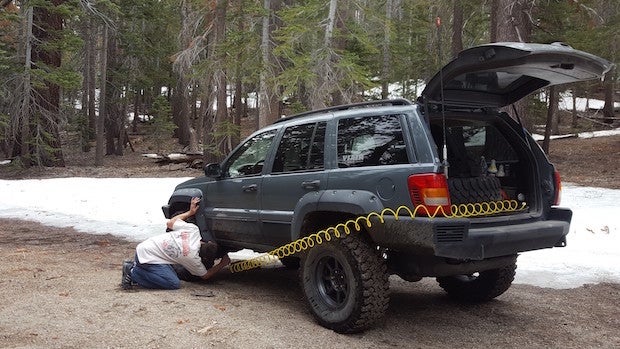
As simple as it might sound, air plays a big part in a number of different aspects of off-roading. You will need it when you get a flat or just to re-inflate a tire after airing down for a day on the trail.
Air can be used for lockers, horns, tools, and of course, just plain cleaning the dust and dirt out of a clogged air filter. There have been many times that I've found myself on the side of a road or trail doing whatever I can to get the dirt out of my air filter so my engine can breath again. Having a good air system is one of the first things I suggest to any new off-road enthusiast. In my eyes, having an air pump is not an option; the choice becomes do you get a good portable air pump, or go big and install an on-board system straight to your rig.
READ MORE: Everything You Need to Know About Installing a Solar Power Setup on Your Overlanding Rig
Pick Your Pump
The choice between portable or on-board air is partly a personal preference, but mostly it has to do with what your needs are. Many people, especially those who are just starting to venture out to the off-road world, may find that portable air works just fine for them. I suggest somewhat of a smaller, easier-on-the-wallet style air pump for people just starting out. A great example of this is the Viair 88P, which is good for up to 33-inch tires. Step up to the Viair 450p and you can work with up to 42-inch tires. These pumps are easy to store and most importantly, dependable.
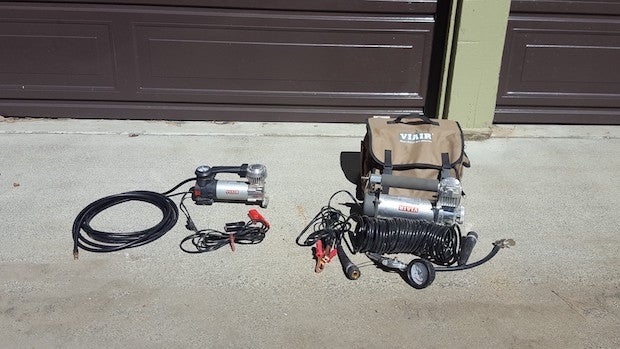
The small 88p starts at around $70, while a larger air pump like the 400p can set you back up to $250. From these small pumps, the options for air systems just start climbing in price, with even the most basic on-board air system going to set you back $450.
Easy storage and mobility are the biggest advantages of a portable pump, which is typically clipped onto the battery for power. Portable air can also be utilized for airing things up like your a float tube for fishing, football, or possibly a small air mattress while camping. It can also transfer from one vehicle to another which is helpful if a friend doesn't have an air source.
On the flip side, portable air will always have a size limitations, which means they will be running constantly to do heavy jobs. After all, you don't want to be hauling around a massive "portable" air compressor (which includes a tank) that will break your back and the bank. And because smaller air pumps don't have stored air, they don't have the capacity to run air tools.
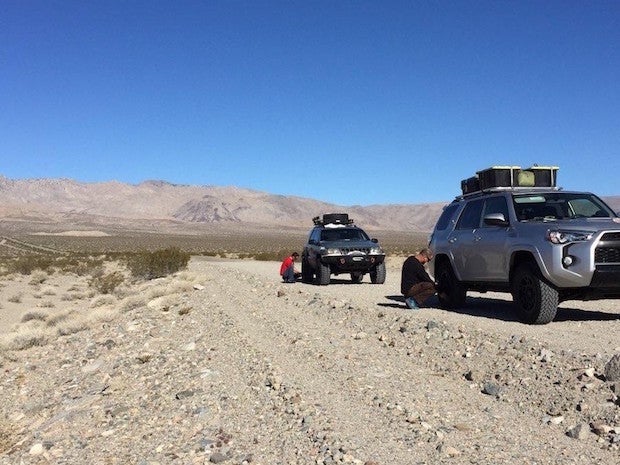
Trick and Tips
A good thing to remember is air pumps get hot after use so make sure you are careful when handling. The duty cycle of the air pump is another important consideration. The duty cycle measure tells you how long your air pump can run before overheating or shutting down in 1 hour. A 100 percent duty cycle pump has a run time of 1 hour just as a 50 percent duty cycle would be 30 minutes of run time before needing to cool down. Another important factor is the pounds per square inch (PSI) rating, telling you how much pressure your pump can put out. You always want to get a pump with a larger PSI rating than you need to be safe. So if you're tires take 80 PSI, you might want think about a pump with between 120 and 200 PSI. That size range will handle just about any tire you can throw at it.
Take it On-Board
When it comes to onboard air, it gets a little more advanced for an air system. The price goes up along with the space it will consume in your vehicle. The onboard air system means an added air tank, extra hoses, and a couple more valves. But of course, as cost and complexity grow, the usability of your air source also extends.
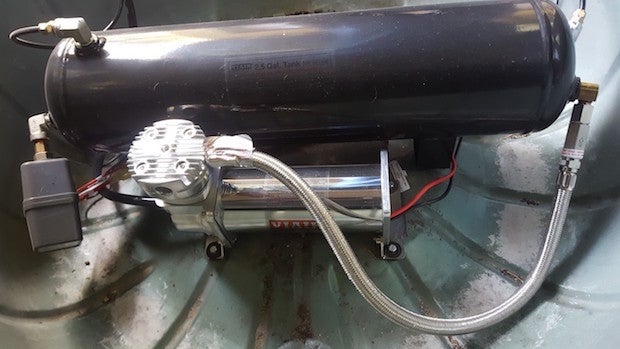
You will have a more abundance of air to supply your air tools, lockers, air horns and of course, fill your tires. One of the biggest benefits of onboard air is the volume of air you now have at your dispense. The best comparison would be to an air compressor, the type you would have in your garage, but it is now in your vehicle running off 12 or 24 volts. An added bonus? You have the option to upgrade or add additional pumps down the road to supply even more air to your pre-existing system if needed. You now also have the option of having your air tank ready, pre-filled with compressed air at however many gallons you have chosen. These systems also typically allow for quicker air up times for your tires. It might not sound like much but if you spend a lot of time off-road, you will find this somewhat convenient. The difference? 6 minutes to top off your tires as opposed to 18.
On my last trip to Death Valley, CA, I aired up 3 times, which when added together is about an hour of my weekend. With an onboard air system, the time taken to dig through the car for the portable pump is also eliminated. Think digging under camping equipment, remembering that you forgot it at home, or having to pop the hood on a windy day. You get my point. With on-board air, plug in, hit the switch, and you're ready to go.
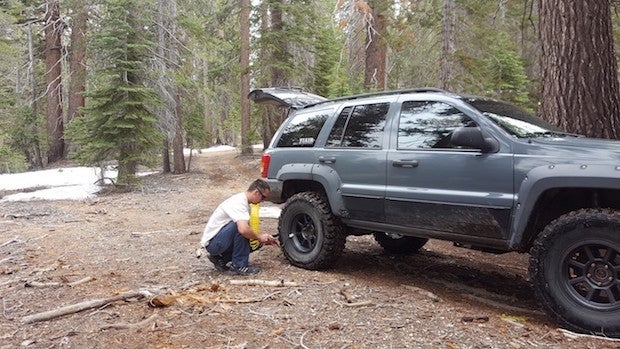
Easily our favourite part of on-board air is the ability to power air tools. Ever fix a flat on the side of the trail? It's made much easier with air-powered tools. Same goes for any other type of repair that have to be made in the field.
In both options, it comes down to convenience and what really suits your needs best. When it comes to brands, Viair is the number one choice, in my book. They have some of the best air products on the market, along with options for all levels and needs. They are the one-stop shop for portable and onboard air. Check out their products at Viarcorp.com. If you are interested in possibly installing an onboard system, check back later for our Viair Ultra Duty onboard air system install.


 Your Privacy Choices
Your Privacy Choices